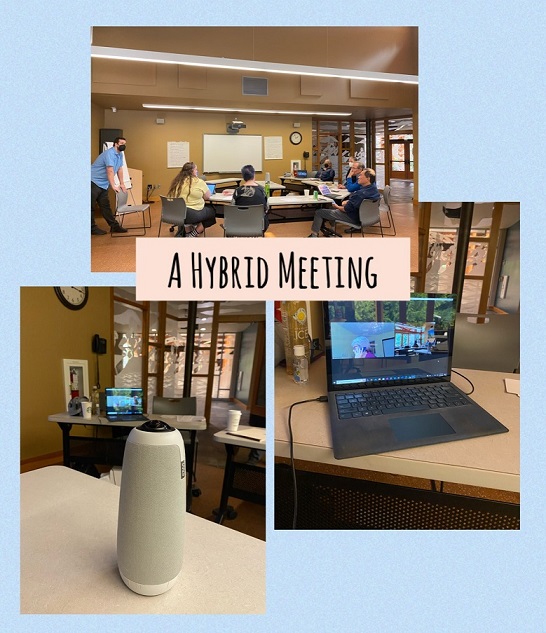
Remote and Hybrid Work Is Here To Stay: How Are You Catching Up?
Even five years ago, calling into a meeting was not very encouraged. But this Covid19 pandemic suddenly turned the culture upside down. Nowadays, organizations are having difficulty bringing people back to physical offices. Two years of forced remote work taught us that we don’t have to be in one physical place to be productive.
Historically, pandemics changed societies. In 1347, the Black Death’s most significant socioeconomic legacy was its role in ending feudalism. In 1819, the Spanish Flu revolutionized public health, spawning the new fields of epidemiology and virology. In addition, it led several Western European countries to adopt universal healthcare systems that are still in operation.
Remote and Hybrid work could be the silver lining of this pandemic. A recent Gallup study revealed a drastic shift in how employees think about remote work.
In 2019, 60 percent who could do their jobs remotely wanted to work in the office full-time.
Daniel Pink’s comment on the 2022 Gallup Study
Today, it’s 6 percent. In other words, 94 percent of white-collar workers no longer want to go to the office daily.
While remote work gives workers greater autonomy, productivity, and work-life balance, there has been concern about a lack of human connection and collaboration across teams when the workers are 100% remote. As a result, the hybrid concept has been gaining popularity, where the teammates meet face-to-face a couple of times a week or month for intentional interaction and socialization.
A recent BRAC and Harvard Business School study found that “hybrid employees reported greater satisfaction with working from home, better work-life balance, and lower isolation than the other two groups.”
Another positive byproduct of the remote culture is a lesser carbon footprint and more inclusion. Given the climate crisis and the increasing demand for DEI (Diversity, Equity, and Inclusion), we have no choice but to continue on this path.
New Leadership Skills
In this new culture, leaders are even more challenged to build trust, fuel collaboration, and empower their teams. The leadership style must adopt coaching and feedback skills to build thriving teams. As a result, enterprises are investing in such training for their leaders. I saw the growing interest when I presented this coaching model at a learning professionals conference in Seattle. At the Center for Creative Leadership (CCL), I have been teaching this feedback model for leaders to manage their remote teams. This Forbes article provided great advice for managing remote teams. My favorites are:
- Manage expectations
- Focus on the outcome, not the activity and
- Define the purpose of those outcomes.
New Technologies
New technologies are emerging to facilitate the remote culture. Even though the technologies were here before, they have become more ubiquitous. Not only did the geographically distributed teams come closer, but such technologies have also given us greater flexibility to participate in group events. For example, when I delivered a leadership team-building workshop last week, we did it hybrid as one participant got Covid. Luckily the team had an Owl Meeting device, so we used that with Zoom for the remote audience. I was pleasantly surprised two people who took the remote option stayed engaged during the entire six hours.
New Mindset Shifts
Leaders must shift away from the old command and control mindset and focus on employees’ intrinsic motivation. Face-to-face interactions should be more intentional rather than satisfying the leaders’ need for control. In his Harvard Business Review article, Chris Capossela, CMO at Microsoft, said: “Understand that in-person socializing is not taking away from productivity– it’s fueling innovation, psychological safety, retention, and more.”
The change has already happened. Adapting and staying ahead of the curve will not only determine our future as leaders but will be the “survival of the fittest” test of our time.
.





